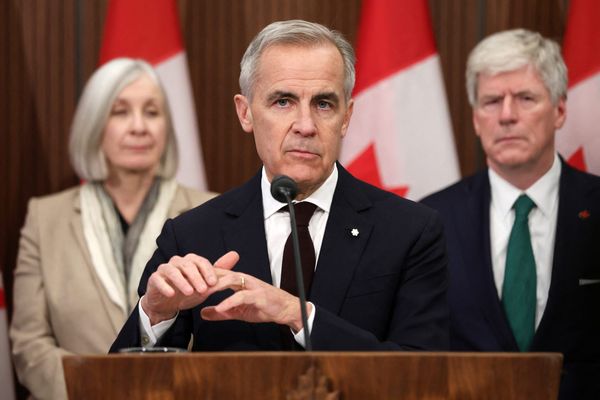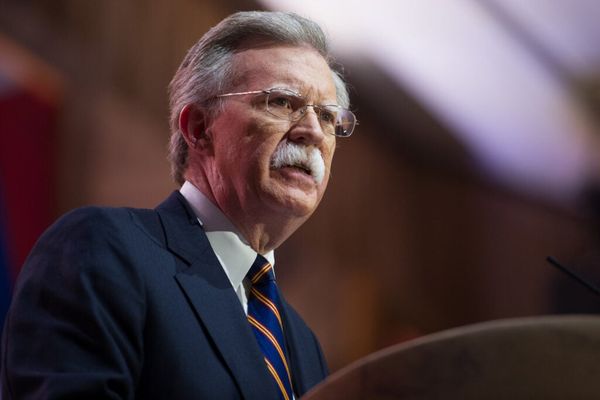
It’s happy hour at Carlton’s historic King & Godfree in inner-north Melbourne. Two preppy, 30-something Romans are chatting visas, doctorates and the maddening weather over Campari sodas. Across Lygon Street at cafe Brunetti Classico, gluttons devour dolci to the sounds of singer-songwriter Jovanotti, while a few doors down at DOC Delicatessen – where giant wheels of Parmigiano Reggiano gleam behind the window – regulars pick up their prosciutto di San Daniele, thinly sliced, per favore.
Scenes like this make chef Andrea Vignali wonder whether he’s even left home. “I remember asking myself ‘Is this Australia?’. I felt like I was back in Italy,” says Vignali. He co-owns Al Dente, a Carlton enoteca, with fellow countryman Davide Bonadiman.
Mauro Sanna, owner of Preston cafe Pausa Pranzo, had a similar first impression. “I knew that a lot of Italians had migrated to Melbourne but there was this Sopranos image in my mind: old men in tracksuit pants and coppola hats hanging out in malls. What I found felt more authentically Italian.”

Vignali and Sanna belong to the wave of young Italians who have moved to Australia since the early 2000s, some permanently, others temporarily, many motivated by Europe’s current economic woes. Their numbers are modest compared to Australia’s postwar Italian influx – there were about 63,490 long-term and migrant arrivals between 2001 and 2021 according to the Australian Bureau of Statistics, compared to an estimated 338,624 Italian migrants between 1951 and 1972 – but they have been increasing in recent years.
There are signs the trend will continue. “We’re seeing a lot more requests for information on living and working in Australia by listeners in Italy,” says Magica Fossati, executive producer and radio host at SBS Italian.
You need only to look at restaurant menus to see how second- and third-generation Italian-Australians and more recent Italian arrivals are shaping the city. Cream-doused carbonara (a veritable crime in Rome) is out; Tuscan schiacciata, Emilian gnocco fritto and Italo-Oz dishes – like Al Dente’s saffron spaghetti with Moreton Bay bugs and warrigal greens – are in.
For Fossati, this culinary evolution reflects a broader coming of age. “Earlier Italian migrants had to respond to an idea of Italy that was acceptable, so they created an Italian identity and cuisine that was palatable to non-Italian-Australians. Nowadays, local palates are more discerning and a lot of Australians have been to Italy, so younger generations can afford to be more regional and adventurous.”

“From the outside, people tend to see Melbourne’s Italian community more uniformly, but we’re actually a very diverse lot.”
When Sardinian-born Sanna first arrived in Melbourne in 2012, he would spend hours listening to the stories of postwar migrants at Thornbury Espresso Bar, a time-warped joint that hosts long sessions of cards, reminiscence and friendly slanging between southerners and northerners.
“They all talked about how tough it was when they first arrived,” Sanna says. “It was a strange land with different food and customs, a language many didn’t understand.”

Like any new migrant community they stuck together, setting up their own businesses and social clubs, creating a sense of home. Sanna experienced their resourcefulness first-hand. “Whatever I needed, there’d be someone at the bar willing to help. A job, a car – everything started with an old man with contacts.”
For newly arrived Italians, Sanna’s own cafe has become an unofficial resource hub. “Newbies often come in. Everyone introduces themselves around the coffee machine and information is shared on anything from Medicare to taxation,” he says.
But there are some stark generational differences too. “Some of the older migrants still think of an Italy that doesn’t exist any more. They think there are no tattoos, no gay people. They use words we no longer use. Time stopped when they moved to Australia.”
When Fossati first visited Melbourne in 1997, a local Italian-Australian family was shocked to learn she was living in a university sharehouse back in Turin. “They just assumed that every Italian was still living at home until they got married.”
In the digital age, a mouse click can bridge the 14,000km between Australia and Italy, and Italians speak of their homeland in present tense, not past.
Despite the next-gen energy, Melbourne’s Italian-born population is actually shrinking, down from 80,109 in 2001 to 58,081 in 2021. Around 71% of this cohort is over the age of 65.

Nowhere is this being felt more acutely than at Melbourne’s multitude of Italian social clubs. “The people running these places are now often in their 80s. They tell me, ‘I can’t do it any more, it’s killing me’,” says Sonya Velo, vice-president of the Veneto Club in Bulleen, north-east of Melbourne.
For younger Italian-born Melburnians, these venues are no longer crucial meeting places. Says Sanna: “We connect online and at aperitivi, parties, special events.” When Vignali moved to Australia in 2016, the “Italians in Melbourne” Facebook group proved invaluable for making new connections, among them a woman who had lived on the same street back in his home town of Robbiate, Lombardy.
The sidelining of the Italian social clubs is an issue close to Velo’s heart – her father was a founding member of the club she now runs (back then, it was men only). “I’ve spoken to the media, to the Italian consul general. Someone needs to host a forum so we can work out how to take our clubs into the 21st century. No one wants to bite the bullet, and that will be the death of some clubs,” she says.

For now, Veneto Club is bucking the trend. Last year, a membership drive saw a record number of sign-ups, all Australian-born locals.
This desire for reconnection is something Fossati and her SBS Italian colleagues are also noticing. “We’re seeing second and third-generation Italian-Australians becoming more curious about their own roots. Many are trying to raise their children bilingually, even if they didn’t grow up speaking Italian themselves,” she says. “They go to Italian playgroups, enrol their children in Italian courses. Some actively look for Italian-speaking babysitters.”
In Velo’s case, reconnection has also come in sugar-dusted form. “When I was young, I wanted Arnott’s biscuits like my friends, not mum’s homemade crostoli. Now every Thursday, I teach [people] how to make them.”
This story was amended on 28 March, 2023 to correctly show Magica Fossati is executive producer at SBS Italian.







